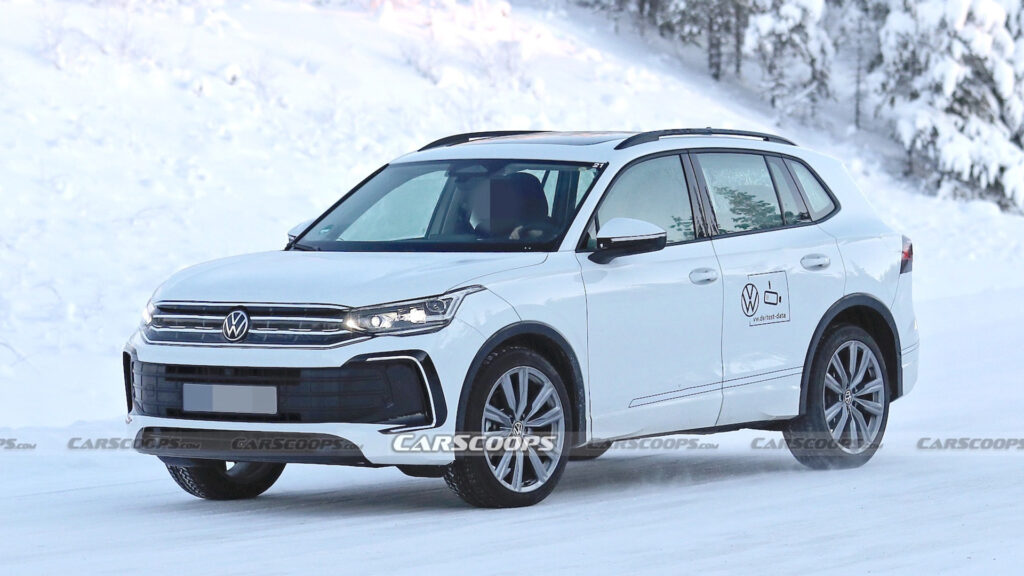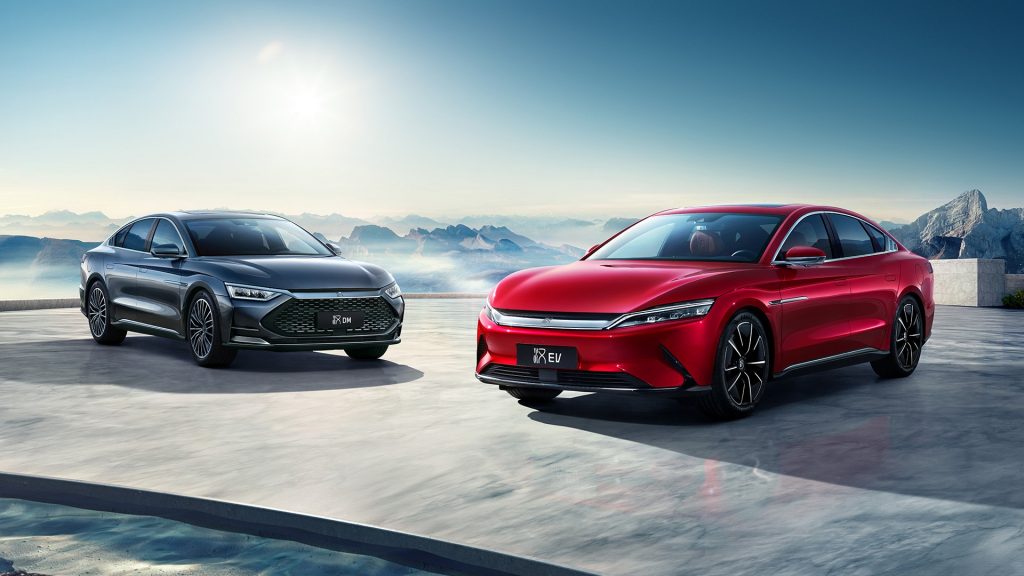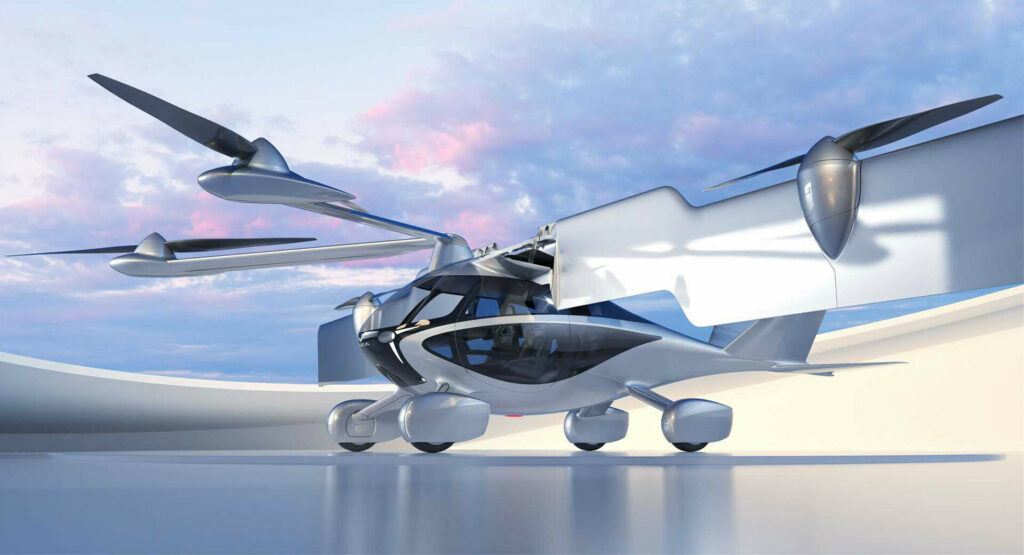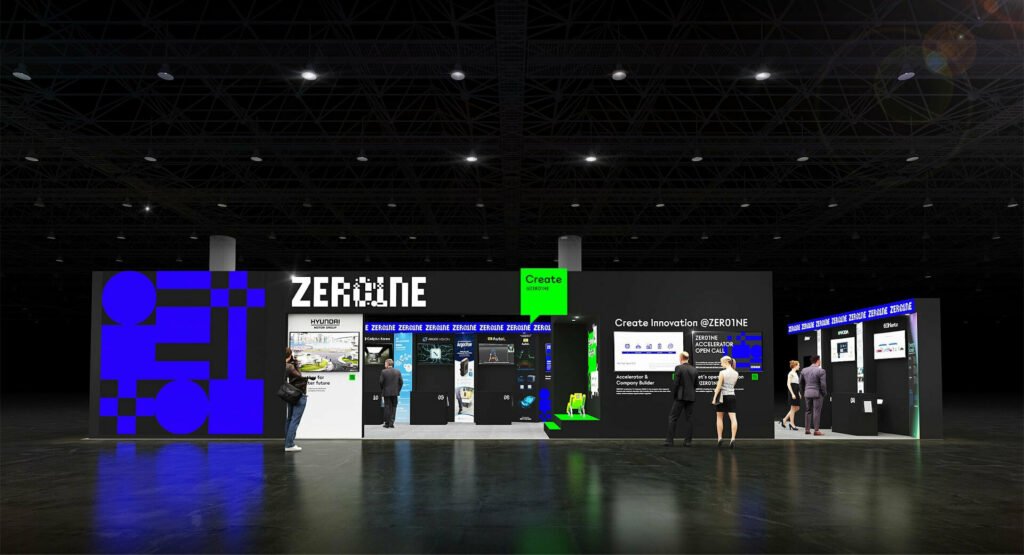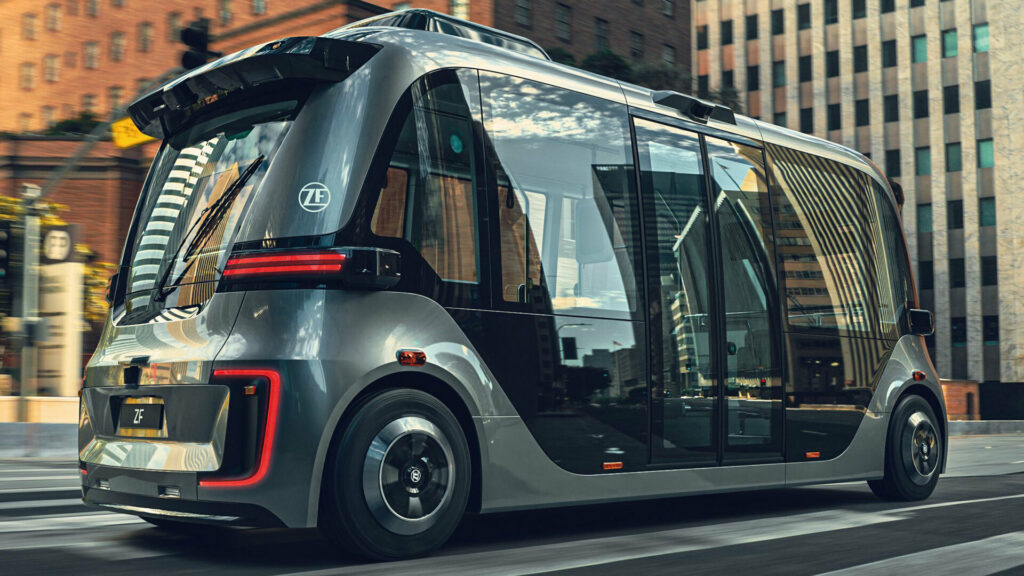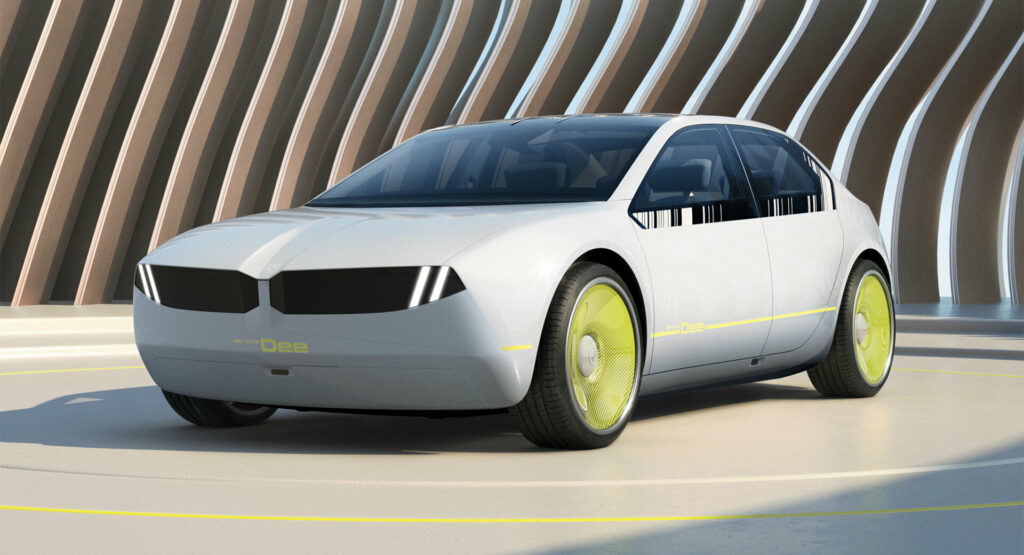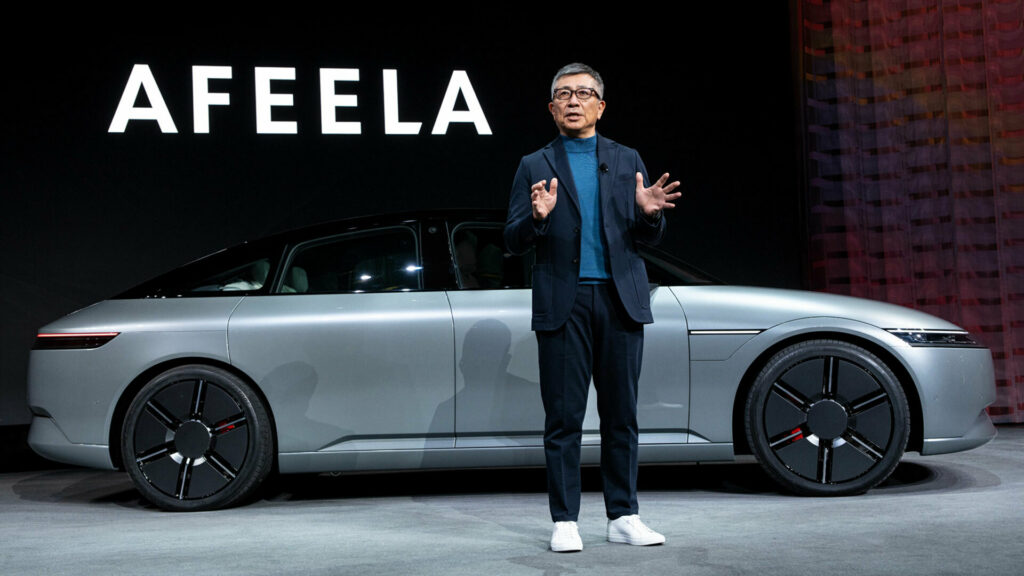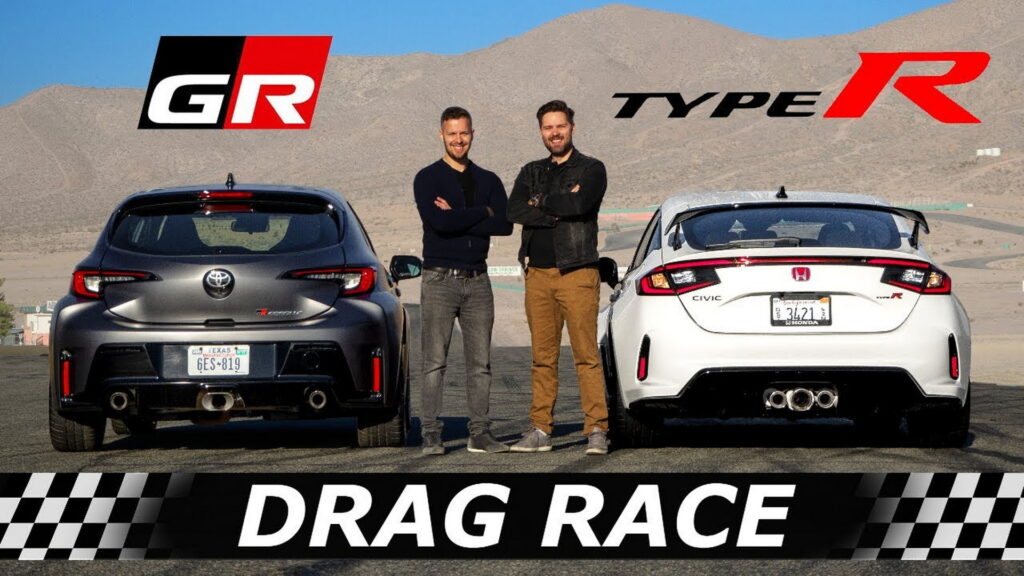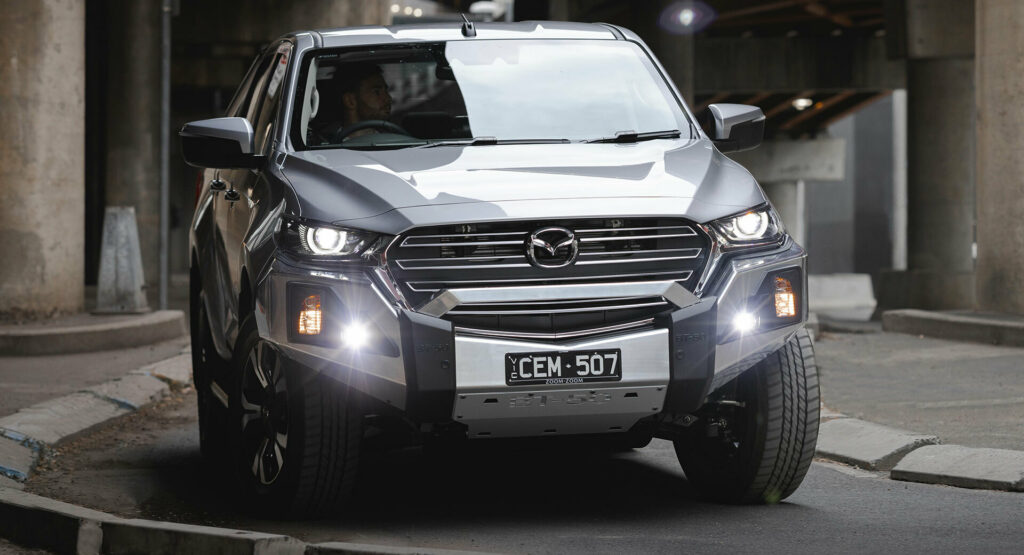Carscoops
Volkswagen updated its giant-selling Tiguan for the 2022 model year, but for 2024 the compact SUV is in line for a more serious makeover.
While the last refresh was merely a facelift, this year VW will unveil an all-new third generation iteration of the the high-rise family car that first appeared in 2007 and is now the brand’s most successful vehicle.
These pictures show that Tiguan III will ditch the current car’s angular bodywork and prominent horizontal lines for a softer, curvier look. The front and rear fenders are flared, making the SUV appear bigger and more luxurious, and not unlike its Touareg big brother. And we can bet that the tape measure will also prove that the impression of extra size isn’t an optical illusion.
The wheelbase of the standard five-seat Tiguan will grow slightly over the current car’s 105.6-in (2,681 mm) to liberate a little extra interior space. But that probably won’t be enough to satisfy space-hungry U.S. buyers whose base Tiguan today is the longer wheelbase (109.9-in / 2,791 mm) version, sold as the Tiguan Allspace in other markets, and available with a third row of seats. Unless VW performs a packaging miracle or really stretches out the base car, another two-tier lineup seems likely.
Related: 2024 VW Tiguans Gives Us Our First Look Inside Revealing Tablet-Style Screen
What we can say with certainty is that the front grille and rear bumper won’t look anything like these pictures would have you believe. This prototype features some clever tape disguise to mimic the grille and bumper design of the current Tiguan, but we know for a fact that the real grille will be much narrower, giving the face a similar look to the Golf Mk8, and the lower bumper will feature more painted surfaces.
The interior will also finally catch up with other VW cars and feature a tablet touchscreen and separate digital instrument cluster, though the freestanding tablet will be bigger and squarer than the one currently fitted to the ID.4, and ID.Buzz. You’ll still need to select an ID model if you want electric power, however. The Tiguan will stick with its familiar mix of gasoline, diesel, and hybrid engines, and there should still be a choice of front- and all-wheel drive transmissions.

